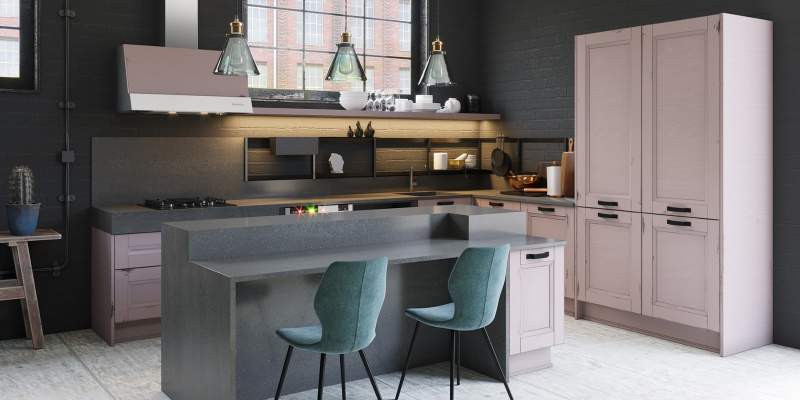
Introduction to Kitchen Aesthetics
When you think of the heart of the home, the kitchen often comes to mind. It is a place where culinary magic happens, where family gathers, and memories are made. But beyond function, the kitchen has become a statement space in home design, where aesthetics play as crucial a role as utility. Mastering kitchen aesthetics is not just about following trends; it's about creating a timeless space that reflects personal style and enhances the joy of cooking and entertaining.
Understanding Your Space
Before diving into design choices, it is essential to understand the space you have. Does your kitchen bask in natural light, or rely on artificial sources? Are you working with a spacious open-plan or a cozy galley? Recognizing the strengths and limitations of your kitchen will guide your aesthetic decisions and help you make the most of the space.
Color and Texture Harmony
The colors and textures in your kitchen can significantly affect how the space feels. For a serene and visually spacious environment, consider a monochromatic or neutral palette. If you prefer a vibrant look, opt for pops of color through backsplash tiles, appliances, or kitchen accessories. Incorporating various textures like wood, stone, and metal can also provide depth and interest.
Choosing the Right Materials
Material selection is key to a kitchen that is both beautiful and functional. Countertops should be durable and easy to clean, while cabinetry should complement your home’s overall aesthetic. Whether you like the natural elegance of marble or the warmth of butcher block, choose materials that will stand the test of time in both style and performance.
Lighting: The Mood Setter
Lighting can dramatically alter the look and feel of your kitchen. Good lighting design combines task lighting for practicality with ambient lighting for warmth and accent lighting to highlight features or areas. Statement lighting fixtures above an island or dining table not only serve a functional purpose but also act as a focal point.
Functional Layout
An efficient kitchen layout ensures ease of movement and a pleasurable cooking experience. The classic work triangle, which connects the sink, stove, and refrigerator, is a time-tested principle that simplifies workflow. Modern kitchen designs often include an island or peninsula, which can provide additional storage, prep space, and seating for casual dining or socializing.
Personalized Accessories
Lastly, the finishing touches in your kitchen can elevate it from simply attractive to uniquely yours. Displaying a collection of vintage cookware, an assortment of indoor herbs, or a curated selection of cookbooks can add a personal touch that reflects your culinary interests and personality. Color-coordinated small appliances or distinctive cabinet handles and knobs can also be subtle ways to express your style.
Conclusion: Balancing Form and Function
In the pursuit of mastering kitchen aesthetics effortlessly, balance is crucial. Your kitchen should be a harmonious blend of form and function, a space that is as delightful to look at as it is to cook and eat in. By understanding your space, playing with colors and textures, selecting the right materials, optimizing lighting, planning a functional layout, and adding personal touches, your kitchen can become a beautifully curated backdrop for life's daily rituals and special occasions.